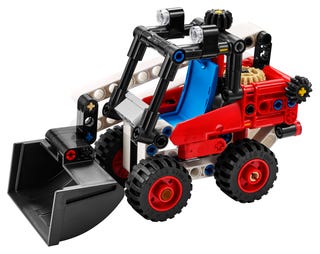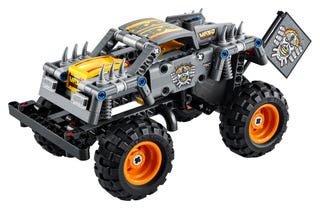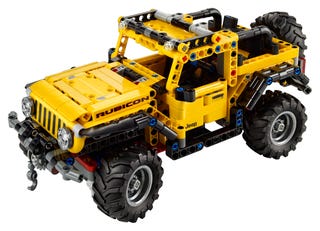Consider the size of the pieces and the model that you have purchased.
Consider the size of the pieces and their similarity compared to each other.
Consider the size of the pieces and the size of your hands.
Consider the size of the pieces and your ability to process quantity of information when presented in a ‘grid’ format i.e. can you visually move your eyes one area at a time so that you can track along both up and down and in 3D to find the location on the model as well as on the instructions. Pieces can be colour coded for the internal pieces compared to the exterior but there is a huge amount of visual details translating from 2D to 3D to manipulate in your thinking and hands.
Have a look at the comparison of ‘how’ you think that you can jump or transition yourself between one level of complexity / simplicity of a model compared to the ‘real’ ones. The Skid Steer Loader as 139 pieces. There are a lot of very small internal pieces compared to the exterior skeleton or what you can see ie. the black and red parts of the Loader. This may make some kids ‘think’ that they can attempt this model because the rest of the complexity / real work is hidden underneath it.
Labelled as:
7+ years 7+ years 9+ years



Comparing these three models and the quantity of instructions within them:
Skid Steer Loader = 65
Monster Jam Max-D = 60
Jeep Wrangler = 190
Also consider the average costs of these models compared to what kids may be given for birthday or other presents by other people who use the price and age as a guide / reference for what is appropriate or how they will make the decision.
Sorting:
Commercially available typical sorting trays will not be of help with the quantity of ‘groups’ of pieces within these models. Sorting them by colour can be helpful for some, but if you are supporting someone who needs individualised assistance the most helpful thing is to group EVERY item by colour and shape and size and seperate them out in grid like organisation on the table above the working space that you will use.